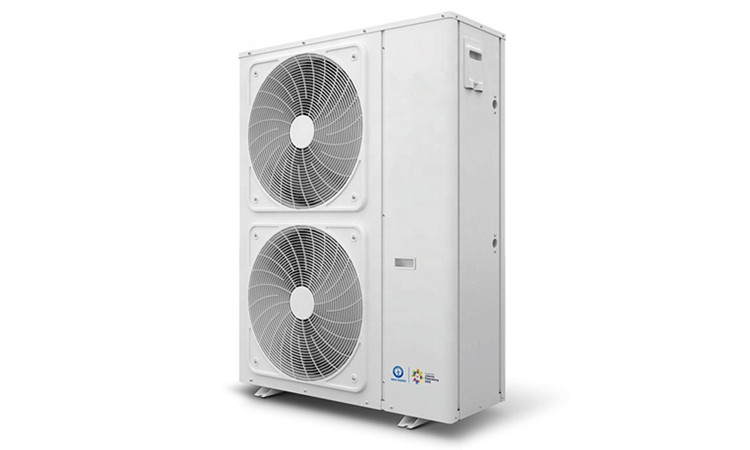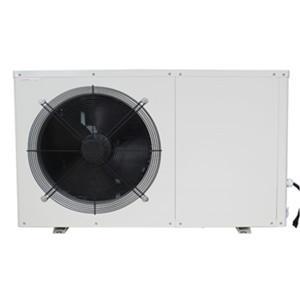Air Source Heat Pump Capacity
Heat pump sizing
Heat pumps range in size from approximately 6kW - 15kW and are usually expressed at an industry standard temperature of 7 o C/35 o C. This means that if the air temperature is 7 o C and the indoor flow temperature is 35 o C, a 10kW air source heat pump will deliver 10kW of heat to your home.
Whether it is a small 6kW or a large 15kW system, the size of heat pump you need for your home ultimately depends on 3 factors:
1. Outdoor design temperature
2. Desired room temperature
3. Flow temperature

1. Outdoor design temperature
Air source heat pumps absorb heat from the air by passing a cold refrigerant liquid through the heat exchanger coils. The warmer the outdoor air temperature, the better the heat pump will perform.
To ensure that the heat pump can meet your home's heating needs year-round, the heat pump is sized based on the coldest air temperature of the year in your area. For example, a heat pump installed in Manchester uses an outdoor air temperature of about -2.6oC.
The outdoor design temperature for your area will be taken from the MCS database - the higher the minimum temperature, the less power the heat pump will need. Unfortunately, you can't change this as the minimum outdoor temperature depends on where in the country your home is located.
The only downside is that as long as it's above this 'worst case' air temperature, the heat pump can't technically meet your heating needs. Other factors that influence the outdoor design temperature include the wind chill factor, which measures how exposed your home is to wind and rain.
Surprisingly, the vast majority of inefficient heat pump installations are actually too small, a result of inefficient housing stock and a general lack of quality insulation.
2. Desired room temperature
The desired room temperature is determined by the homeowner. Typically, most people want their home to be warm and comfortable at 21oC, but lower room temperatures require less heating, so a smaller sized heat pump can be used.
The difference between the outdoor and indoor temperatures can then be used to find the total heat loss of the home.
3. Flow Temperature
The lower the heat loss, the smaller the heat pump size required. Likewise, the larger the radiator, the lower the flow temperature.
Flow temperature is the temperature at which water circulates around the radiator in your home to achieve the desired room temperature.
This depends on the size of the radiator (and floor heating, if any) and the level of insulation in the house. If the radiator is too small, a higher flow temperature is required to achieve the desired room temperature. Likewise, the better the insulation, the slower the heat will dissipate to the outside and the less heating is required to reach the indoor design temperature.
Once all these factors are determined, the heat pump size is matched to the heat demand (from the EPC) and the heat losses of the house. As a rule of thumb, a well-insulated house will require 1 kW of heat for every 25 square meters to heat, while a poorly insulated house will only heat 10 square meters.
Want to buy the right heat pump?
Every home is different, so the most important thing is to buy a heat pump system that is exactly the right size for you. If you want to know which size is best for you, contact a Leomon heat pump expert. They will give you the best advice.





